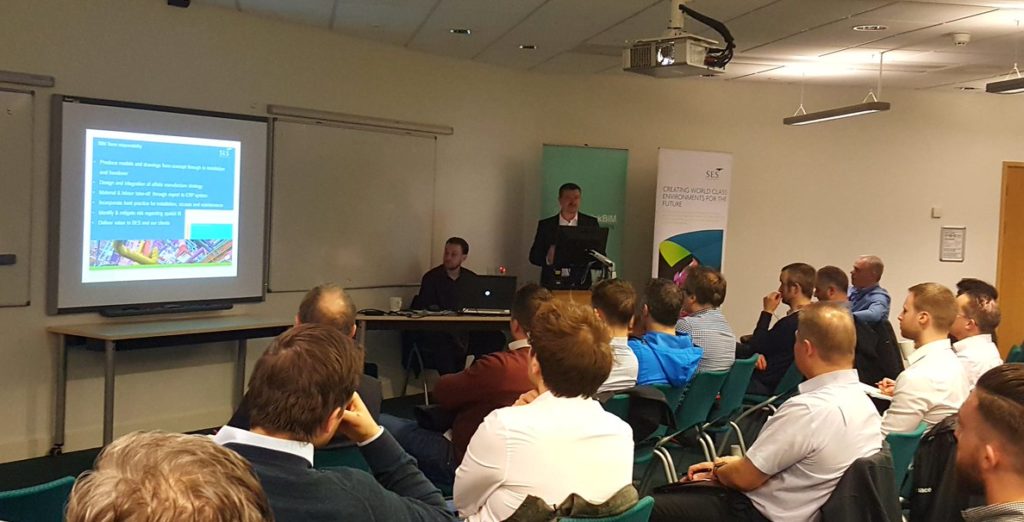What is BIM ?

The following article was written to introduce PauleyCreative’s excellent BIM Infographic illustrating the recent NBS BIM survey, providing an important snapshot of our collaborative working BIM journey and future directions.
It was also hosted on the 2degreesnetwork site as part of their BIM series.
It feels the article has been ‘on tour’ and received good responses and comments via twitter and elsewhere, so it seems only correct to ‘bring home’ and post here for readers of this blog. Enjoy, and please do add comments below.
 What is BIM?
What is BIM?
There are many definitions of BIM, but unfortunately many are wrapped in technical, project management or design terminology.
We can understand and describe BIM as “the total and virtual modelling of all aspects of a project prior to construction, during construction and in use.”
A BIM would typically model all data relating to, for eg, design scenarios, costings, build ability and clash detection, scheduling and procurement, sustainability impact, life cycle and facilities management factors as well as in use predictions. Championed by the Government, milestones are set for achieving increasingly mature levels of BIM. The first being level 2 by 2016.
We should view BIM, not just as new technology but as a continuation of the collaborative working journey within the built environment sector. A journey started, or first articulated, way back in 1934 by Alfred Bossom and core to most sector improvement programmes since, from Latham, Egan, Building Down Barriers, Constructing Excellence, to the recent Never Waste a Good Crisis report.
BIM will be challenging, demanding real collaborative working and sharing of data, knowledge and costings across project parties.
The key to collaborative working being effective and open communications, coupled with trust and importantly being comfortable with sharing within a digital environment. Indeed we need the debate on the potential role of communications, and in particular social media, within BIM environments.
Perhaps understandably, the current BIM agenda is driven by technology and design. But the debate will widen, out of necessity, to include other disciplines such as Facilities Management, Quantity Surveyors, SME contractors, product suppliers and manufacturers, Many of whom still remain unclear as to how work and management will be different when working within BIM projects or suppling equipment to a BIM project.
You may recall a recent Honda advert that played on the expression “everything we do goes into everything we do.” That ad emphasised how the breadth of Honda’s experience is applied through lean manufacturing to all aspects of their products. This is a great expression we would be wise to adopt to explain how BIM will enable us to bring built environment collective experiences, knowledge, technologies and best practice to every building.
Imagine a built environment industry where the design office, the QS office, the project management team, subcontractors operatives, the manufacturers factory and so on is so lean that everything we do goes into everything we do.
We would be able to reclaim the rule of thumb 30% waste in our sector, improve on safety and sustainability and deliver better, lower cost, fit for use facilities whilst achieving healthy profit levels essential for a sustainable industry.
Increasingly I am helping the contractors that I support on their questions of “what is BIM” and “what do I need” to do through increasing awareness of collaborative working, BIM itself and becoming comfortable with web/social media/digital communication. If you would like to know more please do get in touch or follow the conversations on twitter @fairsnape
(written by Martin Brown)

